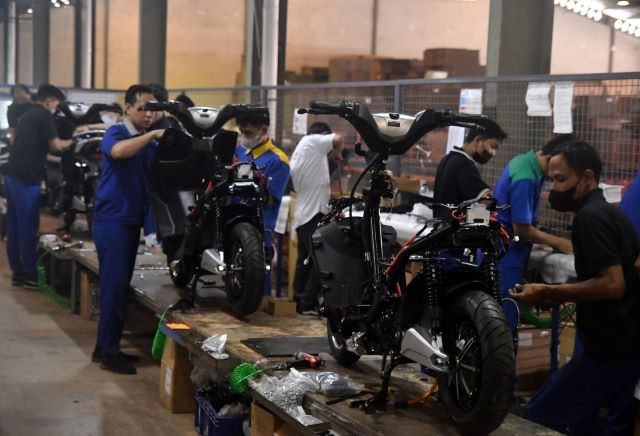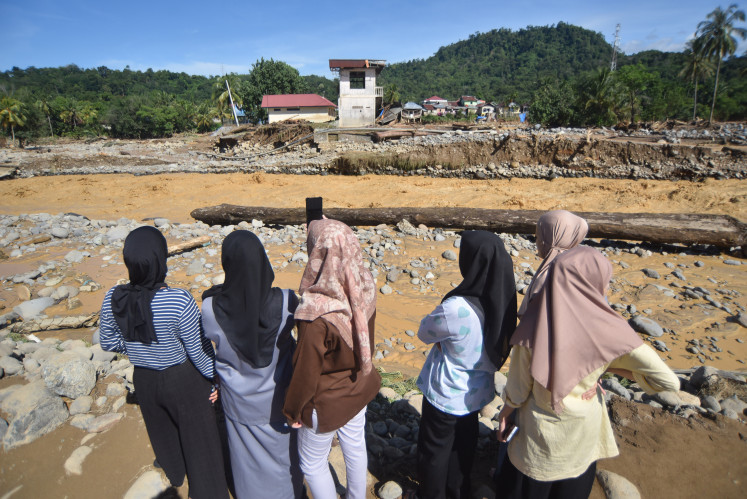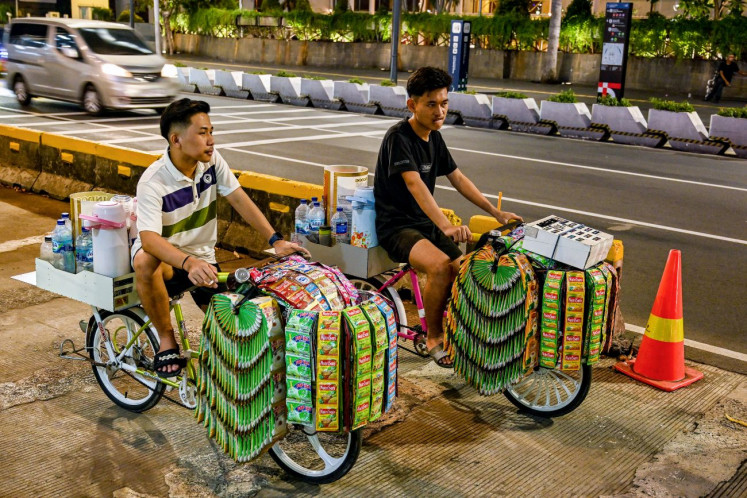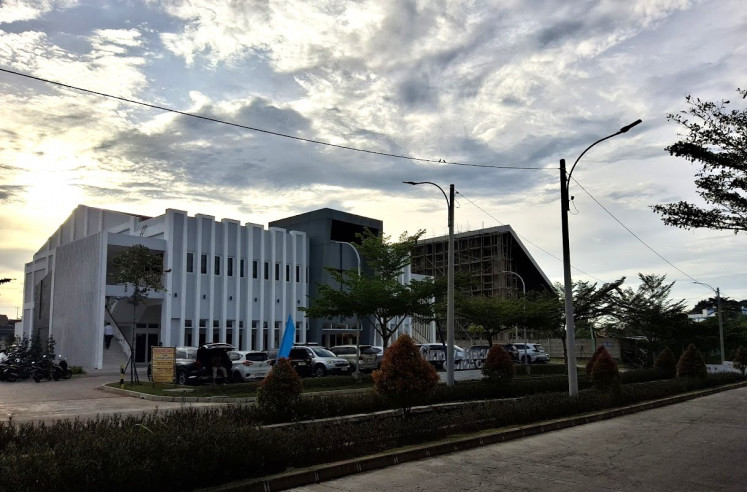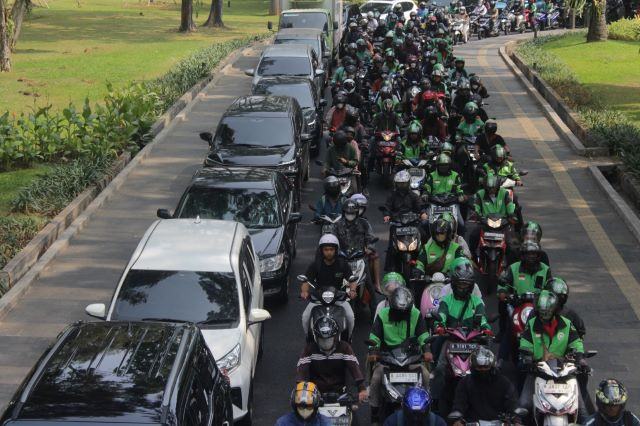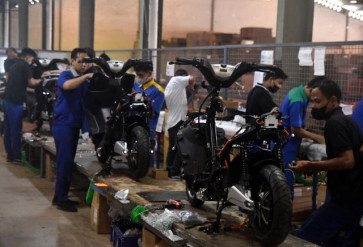Popular Reads
Top Results
Can't find what you're looking for?
View all search resultsPopular Reads
Top Results
Can't find what you're looking for?
View all search resultsAccelerating productivity growth for Indonesia 2045
Achieving high-income status requires prioritizing the primary potential sources of Indonesia’s economic growth, such as the blue economy, manufacturing and city development, and relentlessly absorbing new technologies and basic science.
Change text size
Gift Premium Articles
to Anyone
I
ndonesia's aspirations for Golden Indonesia 2045 call for the country to enter the high-income category before the republic commemorates its centenary of independence in 2045. This requires the country to grow around 6-7 percent annually for the next two decades, so the economy doubles in 10 years and becomes four times larger by 2045.
Indonesia's goal for 2045 is a nominal Gross Domestic Product of almost US$10 trillion with a Gross National Income (GNI) per capita of $30,300 and a manufacturing contribution of 28 percent. Assuming no “black swan” events like a global financial crisis or a major geopolitical incident take place, Indonesia’s growth is possible if the country boosts productivity in the areas that can provide those sources of growth.
In a well-known quotation, the economist Paul Krugman said, "Productivity isn't everything, but it is almost everything in the long run." This rings true for Indonesia’s economic strategy. The National Developing Planning Agency (Bappenas) has a National Long-Term Plan, the RPJPN 2025-2045, which lists the broad priority areas for long-term growth.
This article emphasizes three primary sources of growth that are integral to Indonesia's economic strategy: the blue economy, manufacturing and city development. Understanding the potential of these sectors and how to ignite productivity within them is crucial for Indonesia's economic future.
First, the blue economy: Indonesia has over 17,000 islands and 108,000 kilometers of coastline, with opportunities in marine living and non-living resources, industry, tourism, transportation, and logistics.
Despite this potential, marine fish, sea product processing and aquaculture are still behind other leading countries. In aquaculture in 2022, based on Observatory of Economic Complexity (OEC) data, Indonesia was in fourth place as an exporter of shrimps and prawns ($786 million), after Thailand ($854 million), China ($1.08 billion) and Vietnam ($1.75 billion). Seaweed is also crucial in Indonesia, with over 250,000 tonnes of exports.
The Safe Seaweed Coalition, a research and industry group, says that seaweed harvesting could grow by 15 times by 2050. For sea products, technologies can be adopted to enhance productivity, such as automation and robotics, high-pressure processing (HPP), Individual Quick Frozen (IQF), and AI to monitor sea areas and sea health systems.

